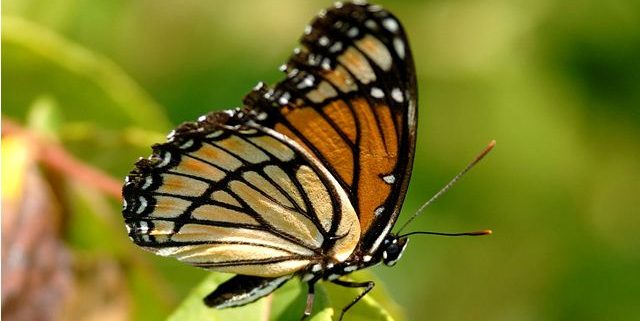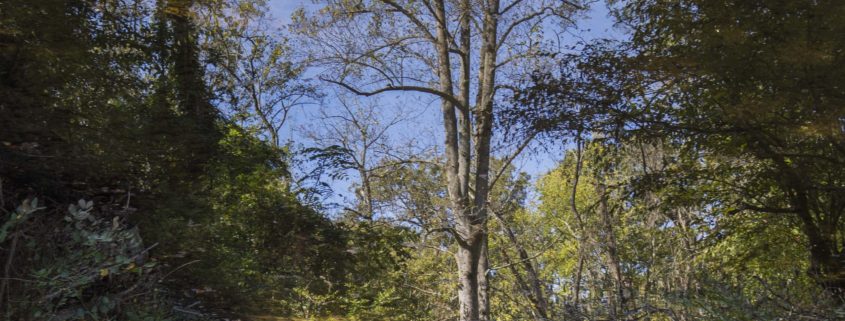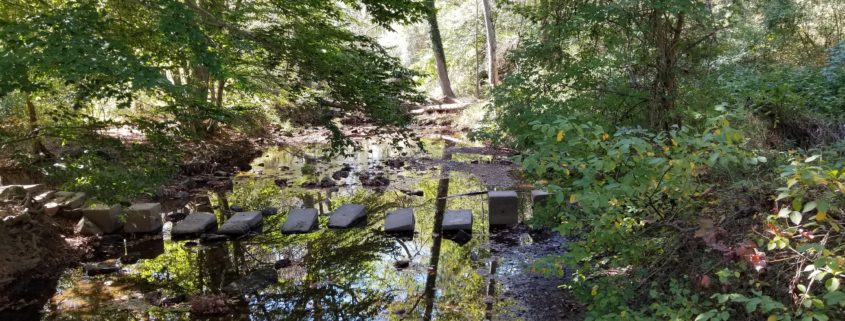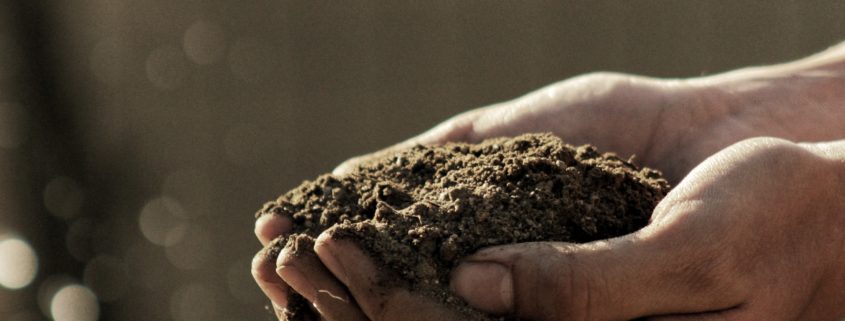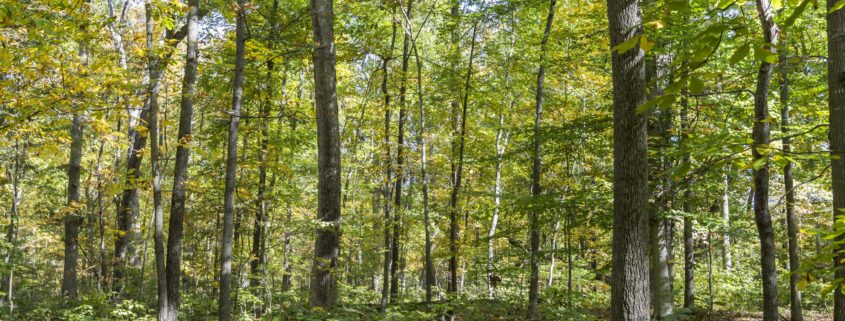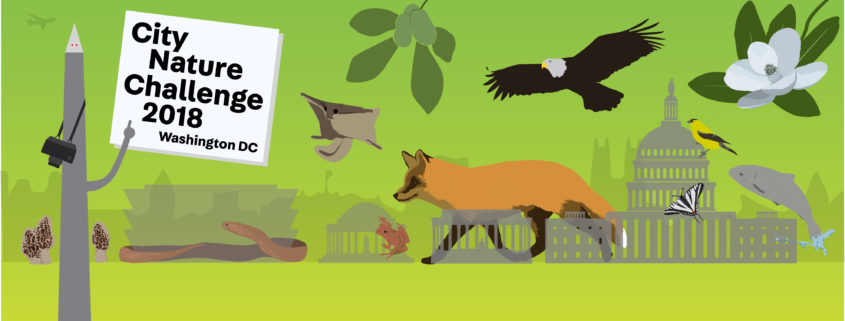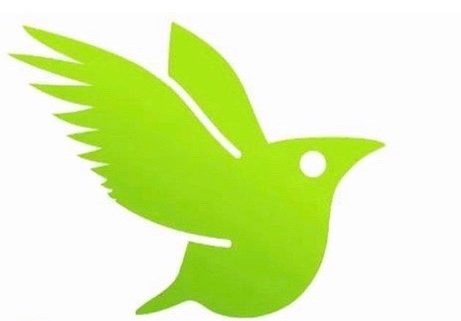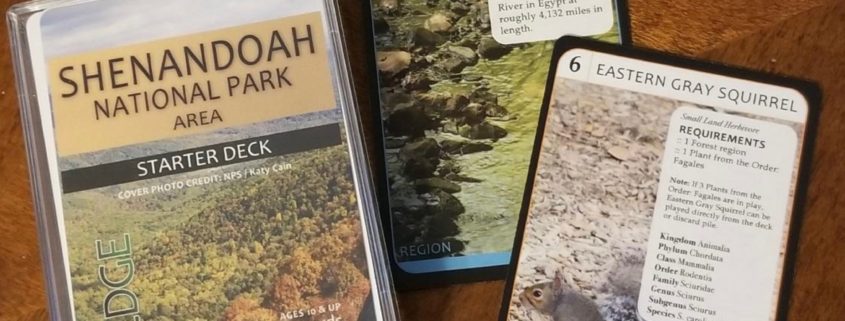Archive for year: 2018
Working to reduce plastics in our environment
/in Events, News and Updates/by vmnfairfaxThe Fairfax County Federation invites the public to interact with three speakers:
Kris Unger, primary conservator of the Friends of Accotink Creek will talk about what happens to plastic as it traverses the environment.
Erica Carter, recycling coordinator for the Fairfax Solid Waste Management Program, will discuss recycling and the market for recycled plastic.
Don Cammerata, business manager for Virginia Facilities for Covanta, and Frank Capoblanco and Joe Walsh, will discuss how plastics are dealt with at the Lorton Waste to Energy Facility.
Thursday, 29 March 2018
7.30 pm
Main Community Room, Mason Government Center
6507 Columbia Pike, Annandale, VA 22003
RSVP Flint Webb
Remove Invasive Plants from Fairfax County’s Natural Areas
/in News and Updates, Volunteer Opportunities/by Janet QuinnInvasive invaders such as kudzu, wisteria and stilt grass are pushing out important native flora and diminishing the health of our parks. Help turn the tide against these exotic invaders by joining the Invasive Management Area (IMA) volunteers and pulling these weeds out by their roots! Several workdays are scheduled in March and April. The IMA calendar can be found online.
NVCT Conservation Lunch
/in Learning Opportunities, News and Updates/by Janet QuinnProtecting our Land, Protecting our Water
Saturday, 15 March, Belle Haven Country Club
6023 Fort Hunt Road, Alexandria VA 22307
11.30-Noon Registration and Networking
Noon-1.15 pm Lunch and Program
Featured speaker, Jason Samenow of the Capital Weather Gang, will explore how open space and conserved land is critical to a healthy, resilient Northern Virginia. Plus, hear the inspiring story of NVCT’s signature property and one of our most successful partnerships.
Tickets $85
Click here to register online. RSVP by Friday, 9 March. For more information contact Greg Meyer
at Northern Virginia Conservation Trust, 703-354-5093, [email protected].
Wood Frogs in Ellanor C. Lawrence Park
/in Events, Learning Opportunities/by Janet QuinnFriday, 9 March, 7.00-8.30 pm
Wood frogs are breeding in vernal pools at Ellanor C. Lawrence Park. Assist in collecting and releasing frogs and recording data for our amphibian survey. Wear waterproof boots and bring flashlights. Cost: $7.00 per person. Register with Fairfax County Park Authority Parktakes.
Turn Hard Virginia Clay into Healthy Soil
/in News and Updates/by Janet QuinnBuilding Soil Health, DIY Sustainable Yard Series
Master Gardeners of Northern Virginia
Wednesday, 7 March, 7.00-8.30 pm
Bentley Library, 5005 Duke Street, Alexandria VA 22304 OR
Tuesday, 13 March, 7.00-8.30 pm
Westover Branch Library, 1644 N. McKinley Road, Arlington VA 22205
Healthier soil means healthier and happier plants, and in this class you will learn how to create healthy soil, even if you have hard, Virginia clay! You will learn how to create and use compost, and discuss landscape and planting techniques for preventing erosion and compaction. Free. Advance registration requested at mgnv.org. Questions, telephone 703-228-6414 or email [email protected].
Protect and Preserve Trees in Yards and Neighborhoods
/in Events, Learning Opportunities/by Janet QuinnBraddock District Tree Forum 2018
Wednesday, 7 March, 7.30-9.30 pm
Kings Park Library, 9000 Burke Lake Road, Burke VA 22015
Join the Fairfax County Tree Commission to learn about the benefits of trees, current issues facing our trees, tree pests and diseases, and great native trees for homeowners. Sponsor tables will have additional information on tree care. Free and open to everyone. More information.
Coming Soon: The City Nature Challenge! 27-30 April
/in Events, Learning Opportunities, News and Updates/by vmnfairfaxCitizen scientists throughout the Washington DC metro area will be participating in the 2018 City Nature Challenge, a competition among 60 cities around the world to find and document the diversity of species. No experience required—just a mobile device and a love for nature. Participants will make observations of wild plants and animals using the free iNaturalist app (for Android or Apple).
Why get involved? By participating, you’ll not only get out and see some great urban nature, you’ll help scientists collect data on the biodiversity of our region (and the planet). City Nature Challenge contributors are invited to join the species ID event at the Smithsonian’s Natural History Museum on Monday, 30.
To sign up for an event, create an event, and learn more, click here.
To download the flyer, click here.
Explore, Learn, and Record with iNaturalist
/in Curated Resources, Events, News and Updates/by vmnfairfaxReviewed by Ana Ka’Ahanui
As naturalists, we have many tools out there to help us record, learn and share information about the nature we love. One of my favorite tools is a free app called iNaturalist, aka iNat, available for iPhone and Android. Easy to navigate and with a simple interface, the app makes recording my nature observations on hikes and other outings fast and painless. After snapping a few photos and entering some basic information, I can share my findings on iNaturalist and its community of over 575,000 users worldwide.
You don’t have to be an expert to use it because one of iNat’s nifty features is crowdsourcing identifications. Not sure of that bird you just posted about? No problem! iNat bird lovers and ornithologists can see your post and help you out by suggesting an ID. The more people that validate your finding, “Yes, that’s an Eastern Bluebird!,” the faster your observation becomes “research grade.” So why not become a citizen scientist and share info about the kinds of critters you love? Your findings can be added to almost 7.7 million observations and over 140,000 observed species. Not only will you be contributing to science, you’ll be helping to map out our region’s biodiversity.
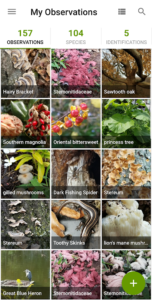

While I enjoy using iNat to keep track of my personal observations, I also love using it for local bioblitzes and events such as the City Nature Challenge, a friendly annual contest among cities to record the most nature over a 4-day period. I encourage you to download the app and practice making observations before the next City Nature Challenge, which runs from Friday, 27 April through Monday, 30 April. The national capital area is competing against over 60 other cities around the country and the world to make the most observations, identify the most species, and recruit the most volunteers. With your help, we can put the DC metro area, including 15 counties in Northern Virginia, at the top of the leader board!
Edge of Extinction, by Two Sisters in the Wild
/1 Comment/in Curated Resources, News and Updates/by vmnfairfaxReviewed by Kristina Watts
Looking for a fun and low-maintenance game to play with young naturalists or to get kids excited about nature? On a whim, I picked up Edge of Extinction (2017, 15-30 minutes playing time) for my kids, because visiting national parks is one of our family’s big things and anything that teaches about ecosystems is fun to us. I was afraid that it would be one of those educational tools that the kids can see right through and refuse to play. I was wrong. My three sons, nature lovers all, immediately opened their packs and started to play. And LOVED it.
At first, the rules seemed complicated, but in this age of Pokémon and Magic the Gathering, the 10-year olds had no trouble. The object is to earn the most points by building the most complicated ecosystem within 10 rounds. Each player must have their own deck of cards, which represent a park or regional area. The cards depict ecological regions (e.g., forest, running water, grassland) plants, animals, fungi, and humans (e.g., botanist, woodsman) that are likely to be found in that area. Each card represents something that affects the ecosystem, either positively or negatively. Each turn, players draw a card and play as many from their hand that they can.
Players start with a region, the foundation of the ecosystem. The plants are the next easiest to play, as they may simply require a region. It gets more complicated as animals require certain combinations of regions, plants, and other conditions. The human cards have powers of protection (e.g., the botanist protects ecosystems from invasive plant species.) Within several rounds, the ecosystems grow robustly. (Competitive players can always throw out a multi-player card like Early Frost to slow down their opponent.) Players learn about relationships and dependencies within their ecosystem as they play. Different decks introduce players to different species and conditions of that area. My son Logan particularly enjoys the “Did You Know” questions on the Region cards with fun facts that he can share.
This game is recommended for ages 10 and up, with each game taking 15-30 minutes. The fact that the game was invented by two young nature-loving girls just makes it more appealing. My 10-year olds had so much fun with it that I ordered two more decks so my husband and I could join in.
I would recommend this game as a tool for teachers to have in their classrooms as well as for young master naturalist-in-training family fun night.
Want to review a resource? We’d love to hear from you. Instructions for submission await your click and commitment.


